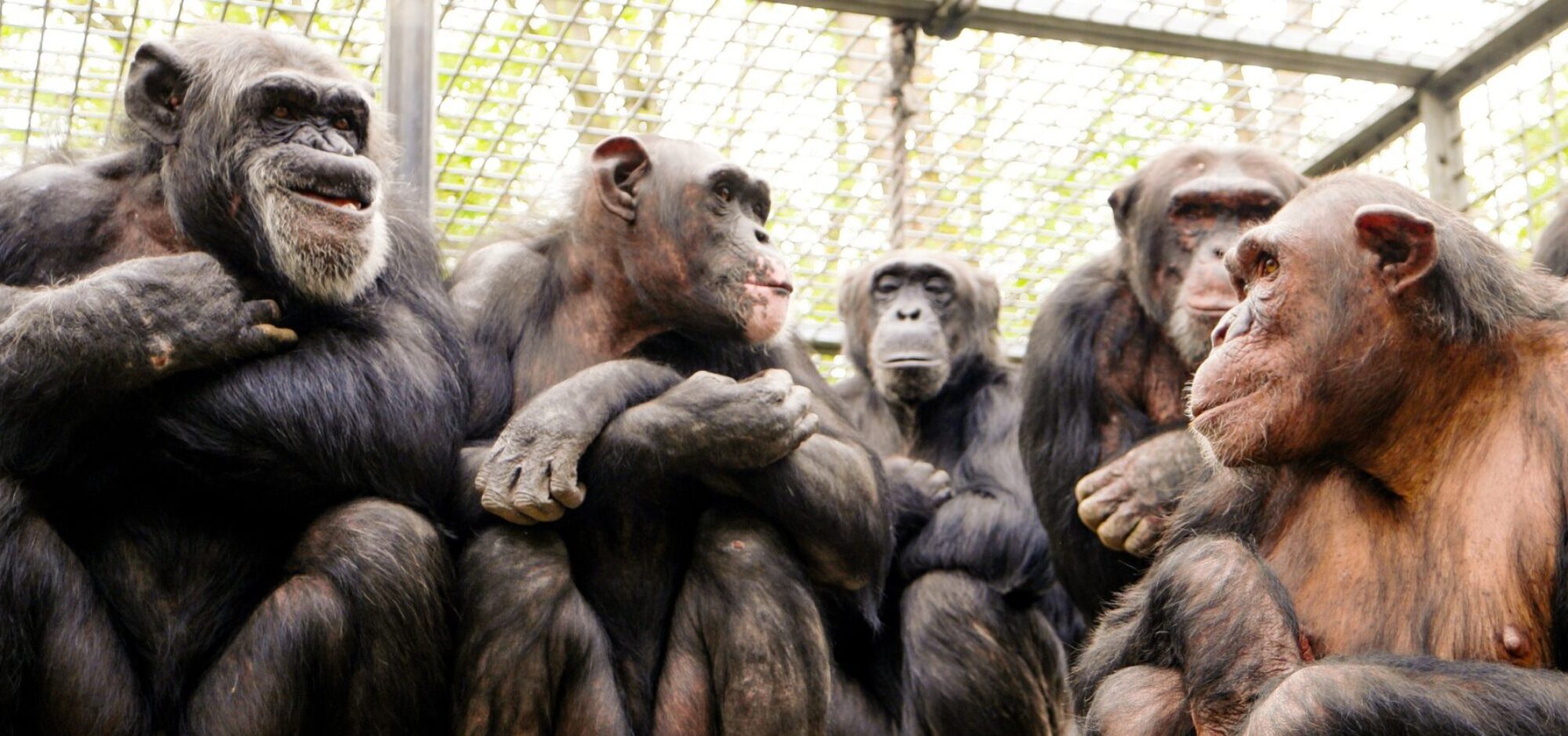“O Legado Econômico do Holoceno
Por Lisi Krall
30 de dezembro de 2021
http://evolution-institute.org/the-economic-legacy-of-the-holocene/
(…)
“Tenho muitas lembranças pungentes dessa época, mas uma é particularmente relevante aqui. Na semana antes de morrer, quando as linhas de tempo e espaço começaram a se desfazer como fazem de maneira confiável, Paul [Shepard] voltou-se para minha mãe uma noite e disse que ela não deveria ficar alarmada se quando ela acordasse ele não estivesse lá – ela o encontraria no quintal, ceifando. Na época, parecia-me um lugar estranho para ele ir, visto que ele havia dedicado a obra de sua vida a um avaliação crítica do impacto da agricultura nos humanos e na Terra, destacando tudo o que se perdeu quando os humanos começaram a domesticar plantas e animais. Achei que ele preferia retornar ao Pleistoceno, a era antes da agricultura, mas em vez disso ele adotou um ato do Holoceno, ceifa. Paul não tinha acabado de pensar na importância da agricultura. Desde então, internalizei sua inclinação no leito de morte, o impulso de entender o que aconteceu aos humanos e à Terra quando os humanos começaram o cultivo de grãos anuais e embarcaram na agricultura animal, trazendo comigo minha formação como economista.
(…)
A Revolução Agrícola é o antecedente direto do curso de colisão atual entre a economia global e a Terra, e o capitalismo é apenas uma representação institucional particular de uma mudança de sistema que esteve em movimento por 10.000 anos, muito antes da economia de mercado. No entanto, muitos críticos assumem que as crises de hoje são produto da Revolução Industrial, tecnologia avançada e capitalismo. A importância da Revolução Agrícola é obscurecida, nunca totalmente descartada, mas nunca totalmente reconhecida. Um exemplo é o trabalho de Jason W. Moore (2016), que argumenta que devemos falar de um “Capitaloceno” distinto. Moore está certo em expandir nossa visão do capitalismo para uma longue durée – não apenas nos últimos 250 anos, mas talvez começando no século 14, quando a “ecologia mundial” do capitalismo se consolidou – mas ele descarta a importância da Revolução Agrícola em sua análise. Certamente, a versão específica de dominação, exploração e expansão do capitalismo levou à extinção e à decadência ecológica, mas um contexto histórico mais amplo e uma perspectiva ecológica mais profunda são necessários para compreender o surgimento e a complexidade da ordem econômica do capitalismo.
(…)
As formigas da colônia são tão profundamente interdependentes que a autonomia individual é essencialmente inexistente e a cooperação é tão intensa que alguns membros da colônia são estéreis. Nenhuma formiga tem conhecimento da produção de fungos; que o conhecimento está embutido no coletivo e na maneira como ele funciona em torno do propósito comum. Seguindo o exemplo de Hölldobler & Wilson (2011), não parece exagero dizer que as formigas têm “civilização” e se referir à colônia como um “superorganismo” em virtude de sua inteligência e ordem. A colônia, como uma unidade de seleção natural, tem posição em termos evolutivos. Essas espécies são extremamente bem-sucedidas pelos padrões biológicos e evolutivos, pois a interação autocatalítica da produção de fungos e do crescimento populacional permite uma grande expansão no tamanho da colônia. Há também expansão por meio da migração para um novo local de nidificação e o estabelecimento de novas colônias.
(…)
Quando me dei conta dessas semelhanças na organização econômica e na dinâmica populacional em relação à agricultura, me senti compelida a identificar os processos e mecanismos que deram origem a configurações econômicas notavelmente semelhantes em espécies, de outra forma, muito diferentes. A Revolução Agrícola dos humanos não parecia ser apenas uma questão de engenhosidade, intencionalidade, razão, instituições e cultura, uma vez que os insetos agrícolas haviam alcançado o mesmo marco, a mesma configuração e o mesmo “sucesso” milhões de anos antes dos humanos.
(…)
Ao pesquisar espécies agrícolas, busquei a biologia evolutiva, algo que os cientistas sociais progressistas geralmente evitam. A compreensão da ruptura da estrutura e da dinâmica da vida econômica humana pela agricultura é iluminada pela teoria da evolução – particularmente uma estrutura evolucionária ampliada que abrange a complexidade da evolução no que se refere à formação de grupos, a evolução da cooperação e a construção de nichos (Margulis, 1970 ; Okasha, 2006; Wilson & Wilson, 2007; Pigliucci & Muller, 2010; Jablonka & Lamb, 2014; Laland et al., 2015). Essa teoria evolucionária estendida permite que as análises ultrapassem os limites estreitos dos genes e da seleção de parentesco. John Gowdy e eu argumentamos que o uso da biologia populacional e da teoria evolutiva para entender as sociedades pode ajudar a explicar a formação do coletivo econômico como uma força e unidade de seleção em evolução (Gowdy & Krall, 2013, 2014, 2016).
(…)
A dinâmica de expansão e produção excedente, a profunda interdependência material e a relação alienada com o mundo não-humano permanecem conosco na forma contemporânea de capitalismo global e suas tecnologias, ideologias e instituições concomitantes. Pior para nós e para a Terra. Dez mil anos com este sistema agrícola serviram apenas para realçar e cimentar certas tendências. Se quisermos parar o extermínio em massa do mundo não-humano e deixar possibilidades razoáveis para as futuras gerações de humanos, teremos que desmantelar este “superorganismo econômico”. Não é uma tarefa fácil, e a questão da eficácia da ação humana nessa frente obviamente é grande.””
